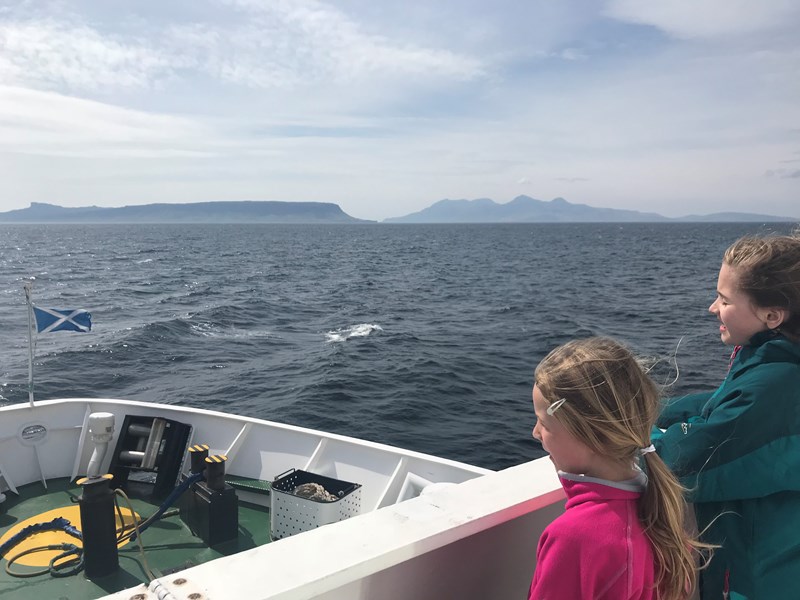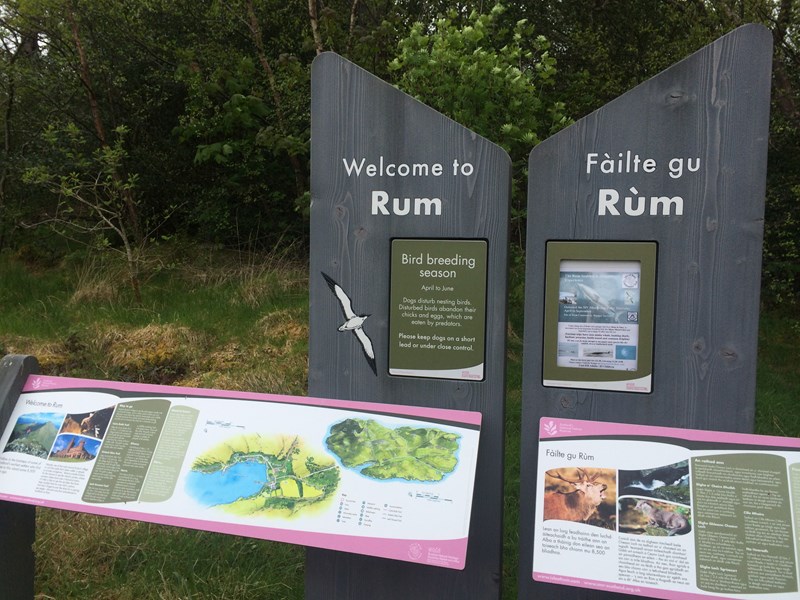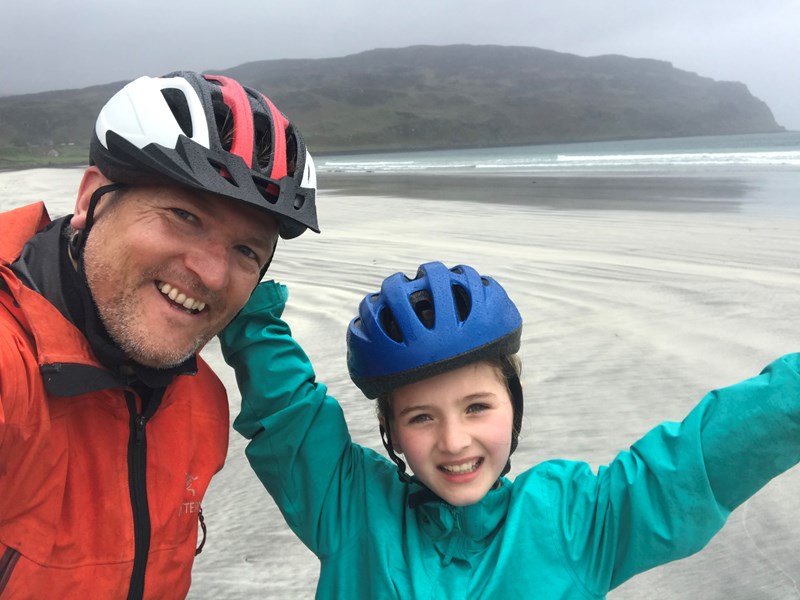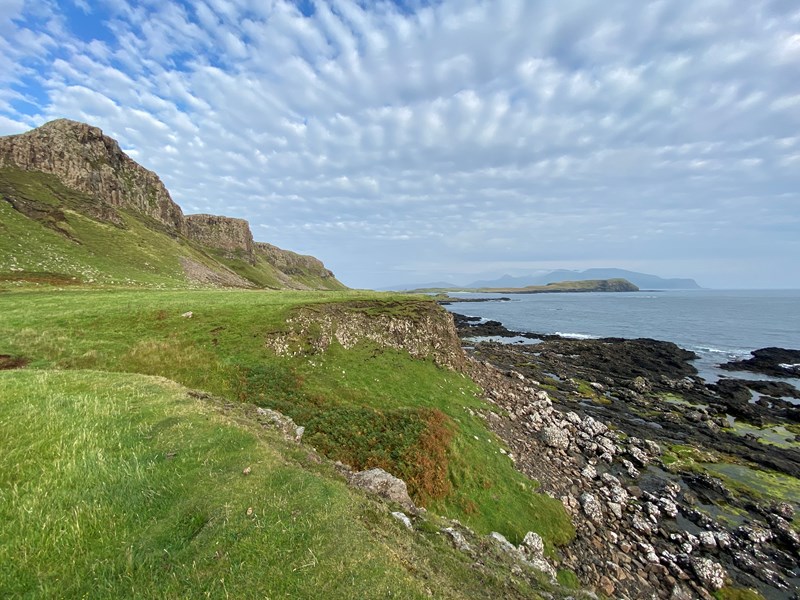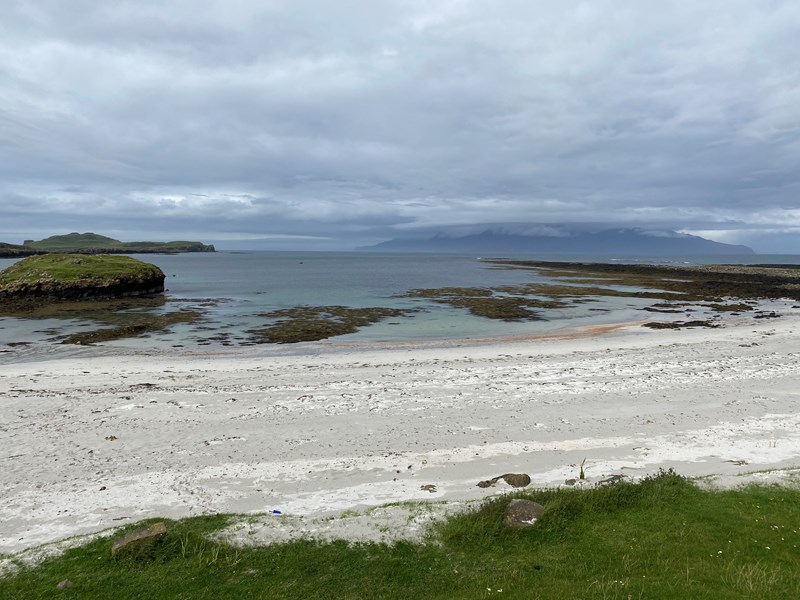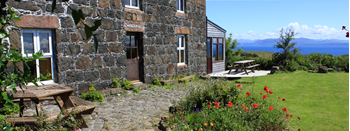On first sight this brooding real-life Treasure Island can strike fear and trepidation into timid hillwalkers. That is no bad thing as - unless you have hillwalking experience and the right gear - you should steer well clear of the mighty peaks of Rum and its epic Cuillin ridge, which mirrors its namesake on Skye just across the water.
Rum also boasts gentler charms. I say gentler, but wild tales surround Kinloch House, an unlikely Edwardian country house pile set adrift in the Hebrides. It was built by an English family in serious opulent style and was notorious for outrageous parties. You can peer in today and see the taxidermy animals and the grand Steiner piano that evokes those nefarious days when it took 100 kilt-wearing staff to run.
The wee village of Kinloch itself sports a village hall that is the hub of local life, complete with a café. A rum distillery – Rum rum just had to be made – has recently opened and you can try a wee sample in the shop before buying one of the stylish bottles. Fortunately it’s not a case of style over substance as the rum is lovely – rich and fruity with a proper punch.
The wildlife is exceptional on Rum. There are far more red deer, the largest land mammal in the British Isles, than people, while in the air look out for the giant hulk of the sea eagle – closer in size to a flying barn door than a golden eagle. The waters all around the Small Isles are also alive with porpoises, dolphins and all manner of whales. Last time I sailed around Rum we caught sight of killer whales.
Eigg
I love all the Small Isles, but Eigg may just be my favourite. A major part of the reason is that the island has been community owned since 1997 and celebrates its 25th anniversary of community ownership on June 12, 2022. Eigg shows what can be done when fragile – and declining – island communities are allowed to manage the island as a community. This sustainable green gem became the first island in the world in 2008 to harness all its own electricity through green sources: a mix of wind, solar and hydro power.
